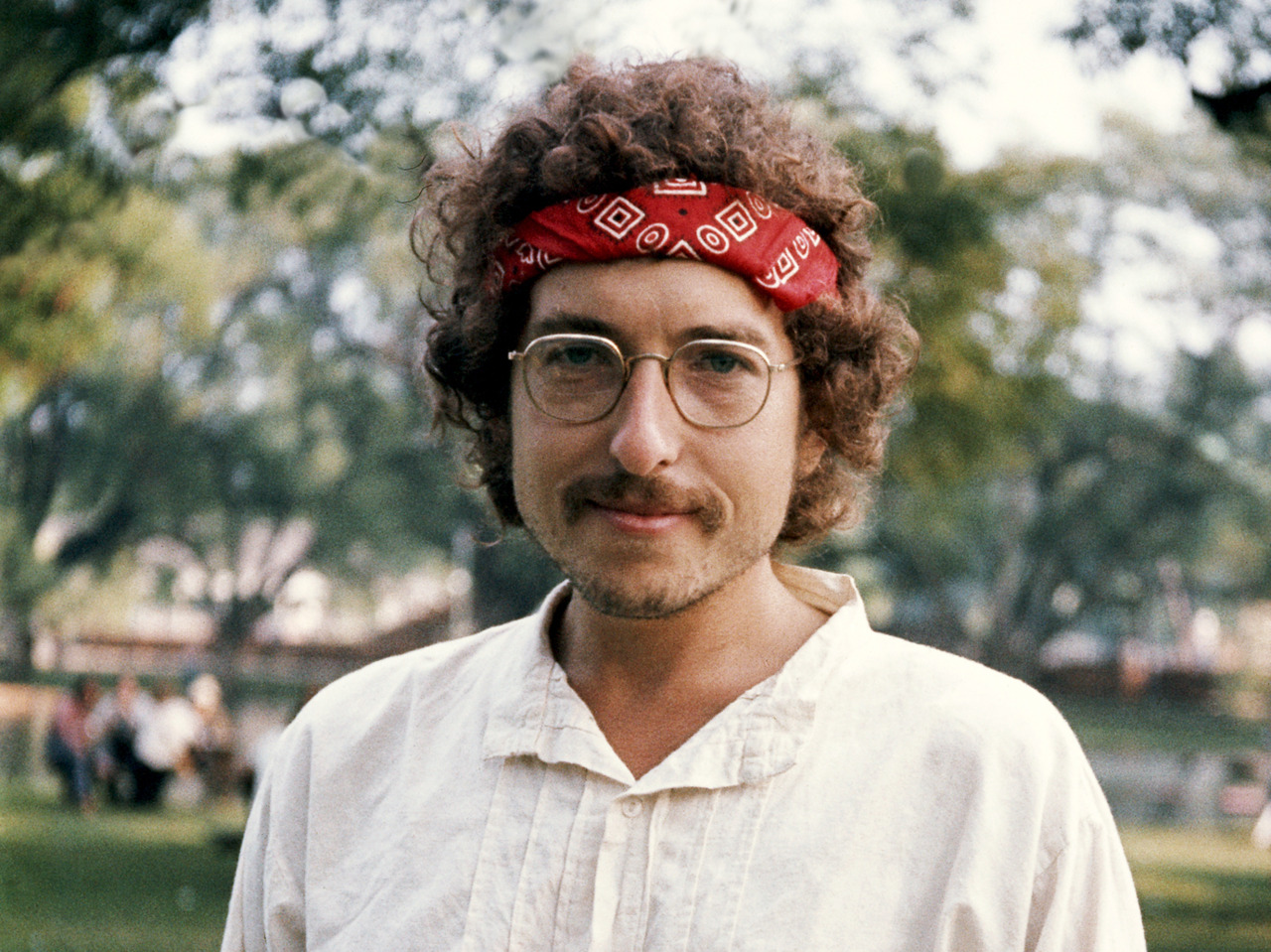 It’s 1970, back in the days when a new Bob Dylan album was an event. These were the days when he still was a titan of popular music. In many people’s minds, he was the voice of a generation, with people hanging onto every one of his lyrics.
It’s 1970, back in the days when a new Bob Dylan album was an event. These were the days when he still was a titan of popular music. In many people’s minds, he was the voice of a generation, with people hanging onto every one of his lyrics.
But things had been changing quickly over the past few years. Ever since a motorcycle crash and short retirement from the spotlight, his music had taken a radical shift. The freewheeling electric rock of Highway 61 Revisited was replaced by a new, country-influenced style. Hell, even Dylan’s singing voice had changed. When Columbia released Self Portrait in 1970, everything hit the fan.
“What is this shit?” asked Greil Marcus in a review for Rolling Stone. Among critics, that was the stock line. Self Portrait was a different record than what he’d done before or what anyone expected: a sprawling double LP, containing covers of traditional songs, live material and even a Gordon Lightfoot cover.
It’d go on to be the most divisive record in Dylan’s extensive catalog: some people thought it was self-sabotage, an attempt to alienate his devoted fans. Others thought it was Dylan returning to his roots and the music he started out playing. But nearly everyone agreed it was a minor Dylan album, especially when New Morning came out just four months later to a rush of praise. Never mind that they were largely recorded at the same time.
So in theory, the new Bootleg Series album should be the most disposable: it’s largely outtakes and alternate cuts from those two albums. But in practice, it’s the best volume yet: a fresh look at a period many like to skip over, showing that Dylan was still sharp on his game and knew exactly what he was doing. He was even having fun doing it!
Most of this album was recorded in a three-month period of March to June 1970. Although it’s mostly alternate versions, the takes differ enough to show light on how songs changed and grew: “Time Passes Slowly” changes from a gentle folk-rock to a full fledged rocker with crashing drums and organ. Meanwhile, “When to See the Gypsy” turns from a gentle acoustic number to a spooky, sparse piano-driven story about meeting Elvis.
Other songs are stripped bare, often to only Dylan and a guitar or two. A couple are Dylan accompanying himself on piano, like a demo version of “When I Paint My Masterpiece”. These feel more intimate than the original versions and looser, too. It’s hard not to escape the feeling of Dylan relaxing in the studio, enjoying himself as he works on new material.
If the fourth volume of this series – a live concert from 1966 – shows Dylan at his most tense and coiled, this is him at his most relaxed and playful. It’s packed with the sort of material Dylan likes and started with: songs by Leadbelly or traditional numbers like “Pretty Saro or “Little Sadie”, a number by fellow folkie Tom Paxton. Maybe this is what he meant with the title self-portrait: this is what made Robert Zimmerman into Bob Dylan.
In this sense, it’s an essential record for Dylan fanatics. But then again, they probably already jumped into this record head-first. What about the rest of you: the people who maybe like Dylan’s music or are just curious? There’s still a lot here to like, from a country-inflicted version of “I Threw It All Away” to a folk-rock take of “Time Passes Slowly” (recorded with George Harrison!) or a version of “New Morning” with a booming brass section. All are different enough for longtime listeners, but interesting enough even if this is the first time. I’d argue they’re the best versions.
Less essential, but super interesting is the raw, soulful version of “Minstrel Boy”. I thought it sounded rougher than everything else. It should: it’s a stray track recorded with The Band in their house’s basement in 1967. Who knew the song dated from that far back? And, for that matter, who knew there were still unheard tracks from those heavily bootlegged sessions?
Speaking of The Band, they make a cameo on the second disc, with two live cuts from the 1969 Isle of Wright Festival: a funky version of “I’ll Be Your Baby Tonight” and a revved up run-through of “Highway 61 Revisited”, played at a brisk pace and Dylan screeching like a crazed man. It’s a rare look at a period where Dylan didn’t play live too often.
For everything this collection does right, there are still a few things missing. During this time, Dylan hung around Johnny Cash, recording duets with him and appearing on his TV show (the liners even have photos from that appearance). But that material is conspicuously absent. And there’s still a ton of outtakes circulating, too. Given each CD’s length – 50 and 62 minutes, respectively – it’s a little curious that they weren’t added.
This was a time of tremendous change for Dylan. He’d retreated from the spotlight and the critics turned on him, but he still drew a huge audience: Self-Portrait hit #4 on the charts and New Morning rose to #7. After those albums, he didn’t release anything new until 1974, the same year he started gigging again. With that retreat, this period of Dylan’s music has always been easy to skip over. Thanks to this release, it’ll be hard to skip over again.
“What is this shit?” Turns out it’s the shit. Recommended.


